
Science CPD event inspires teachers to think differently
Published on 13/06/18
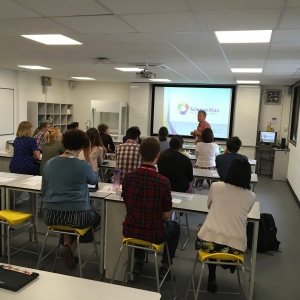
Gender bias in the classroom, the "new" way to teach energy, and harnessing technology in science teaching - all part of our first ever Science CPD event.
On 4 June 2018, Curriculum Leader of Physics Laura Wright organised our inaugural Joint Internal & External Science CPD Event, with three very different sessions on the agenda for Cambridge teachers. Attendees also included 12 PGCE students from the University of Cambridge. Here, we look at key takeaways for anyone teaching science in today's classroom.
Session 1: Unconscious bias and gender in the science classroom - Jessica Rowson, Institute of Physics
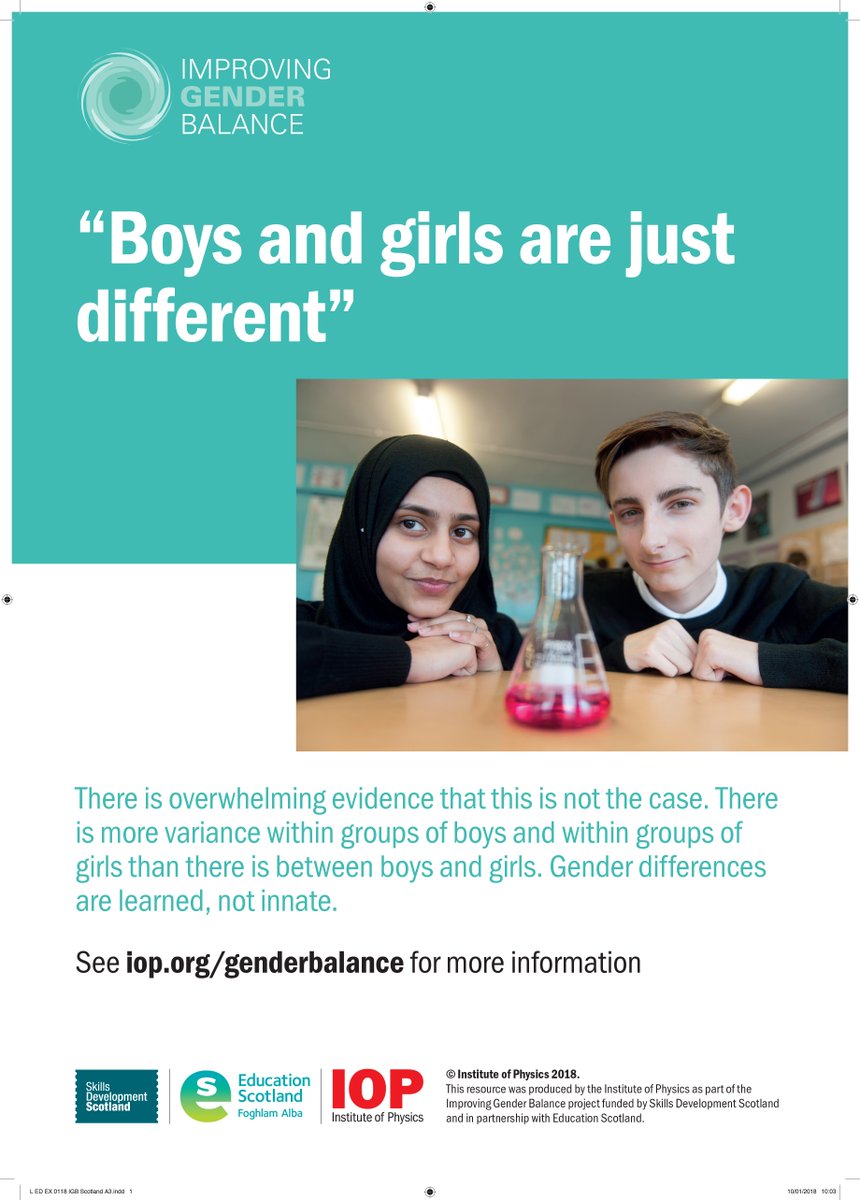
For more than 30 years, uptake of A Level physics among girls has remained at around 20%. Previous research from the Institute of Physics (IoP) has shown that this 20% largely comes from a certain type of school, and that schools that achieve a good gender balance in Physics achieve a good gender balance in other subjects, suggesting that the problem isn’t with girls or Physics - whole school environment makes a difference.
The latest project from the IoP has trialled interventions that looked at how bias and stereotyping could be addressed in a school environment as well how lower confidence of girls with Maths and Physics could be addressed. The project shows promising results with the number of girls taking A Level physics in targeted schools trebling. Jessica's workshop looked at what unconscious bias is, how it affects the classroom and what teachers can do about it.
"The session ... was quite inspiring and made me think about how our society makes us think and behave in certain way, and as part of it (especially as educators) we can unconsciously perpetuate this way of thinking. We mostly talked about differences in gender but I felt like we could also have discussed many other biases in our world. One hour would have not been enough to grasp the whole implications of these." Alejandro Perez, 6th Form Science Technician at the Stephen Perse Foundation
"The session complemented and reinforced the ongoing focus on every learner being at the centre of what we do. Each teacher knowing and understanding how to teach that student and being open minded about the approaches which could work. The speaker used Physics as the example, but also made reference to teaching in general. Plus, the bit about unconscious bias was a really powerful reminder that teachers are humans too, and not infallible. We need time to reflect on what we may be bringing to that wonderful mix that is the learning environment!" Sara Gustafsson, Inclusion Specialist at the Stephen Perse Foundation
Session 2: A guide to teaching the 'new' energy approach - Alan Denton, Science Alan
The new GCSE specifications contain a revised set of statements about energy, which have challenged teachers to examine and review their approach in the classroom. Alan Denton shared teaching tips to help students - and teachers - make sense of energy stores and pathways under the framework of this 'new' approach to energy.
"As an ex-Physics teacher I realised how the "old" way of teaching Energy could be somewhat misleading and ultimately incorrect. This new approach has been eye-opening despite some resistance from my now "old" understanding of Energy. The speaker (Alan) made the whole experience rather entertaining considering the difficulty of the topic and made it simple with the most simple demonstration that we had the chance of repeating by ourselves."
Alejandro Perez, 6th Form Science Technician at the Stephen Perse Foundation
Session 3: Using iPads and technology in science teaching - Laura Wright, Stephen Perse Foundation
Our Curriculum Leader of Physics, Laura Wright, hosted an interactive session that allowed teachers to try out different ways of using technology in the classroom. Laura is hoping to invest in more iPad-compatible digital sensors and was aiming to train teachers into becoming more comfortable in using this revolutionary technology so they can move beyond the classroom. Here are just a few of the experiments:
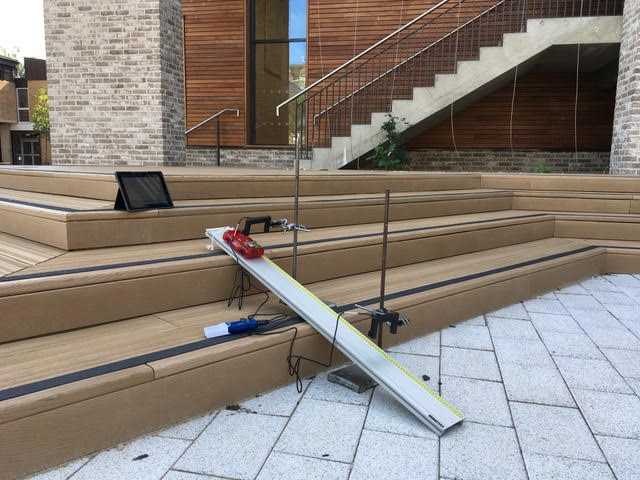
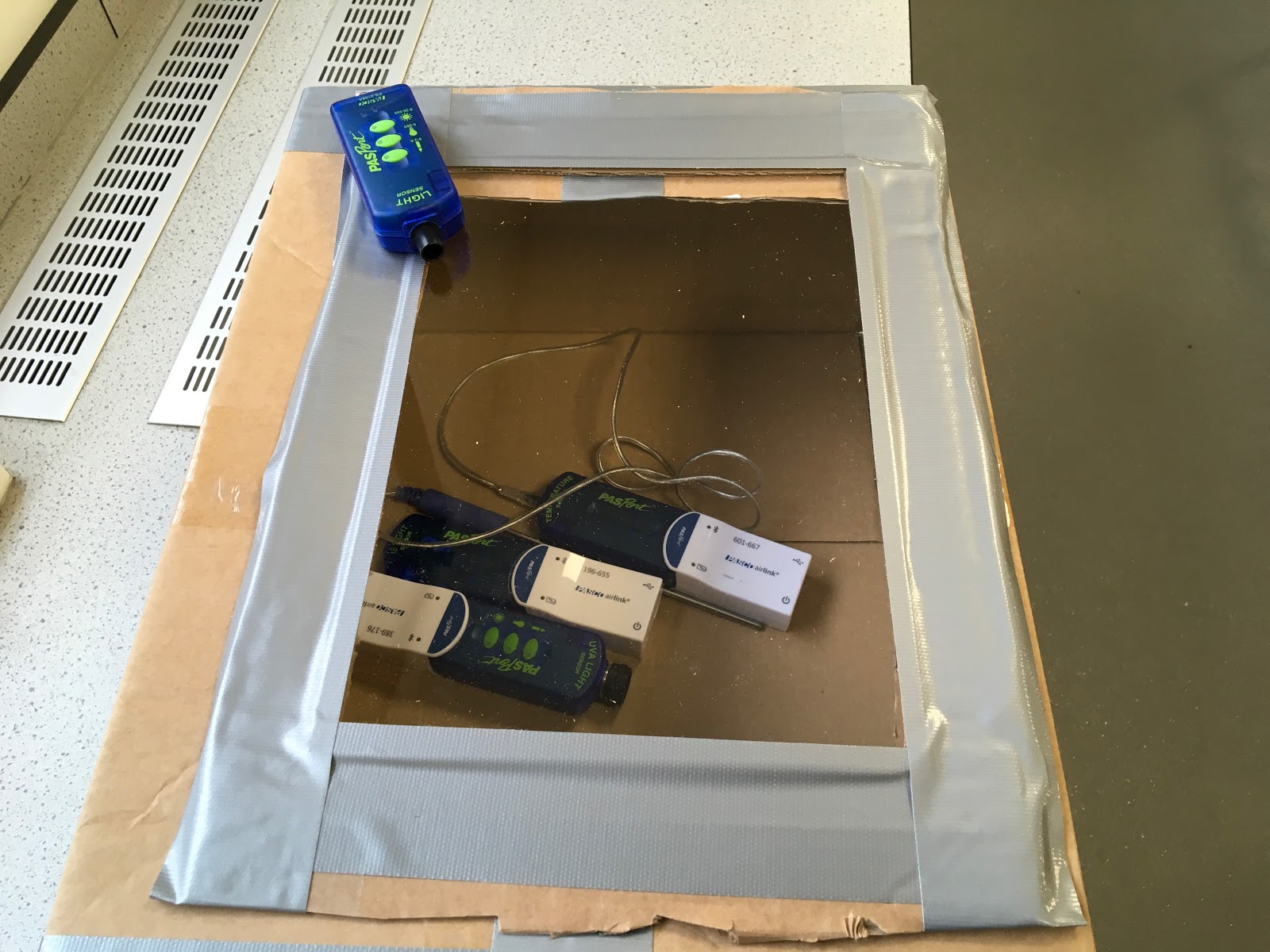
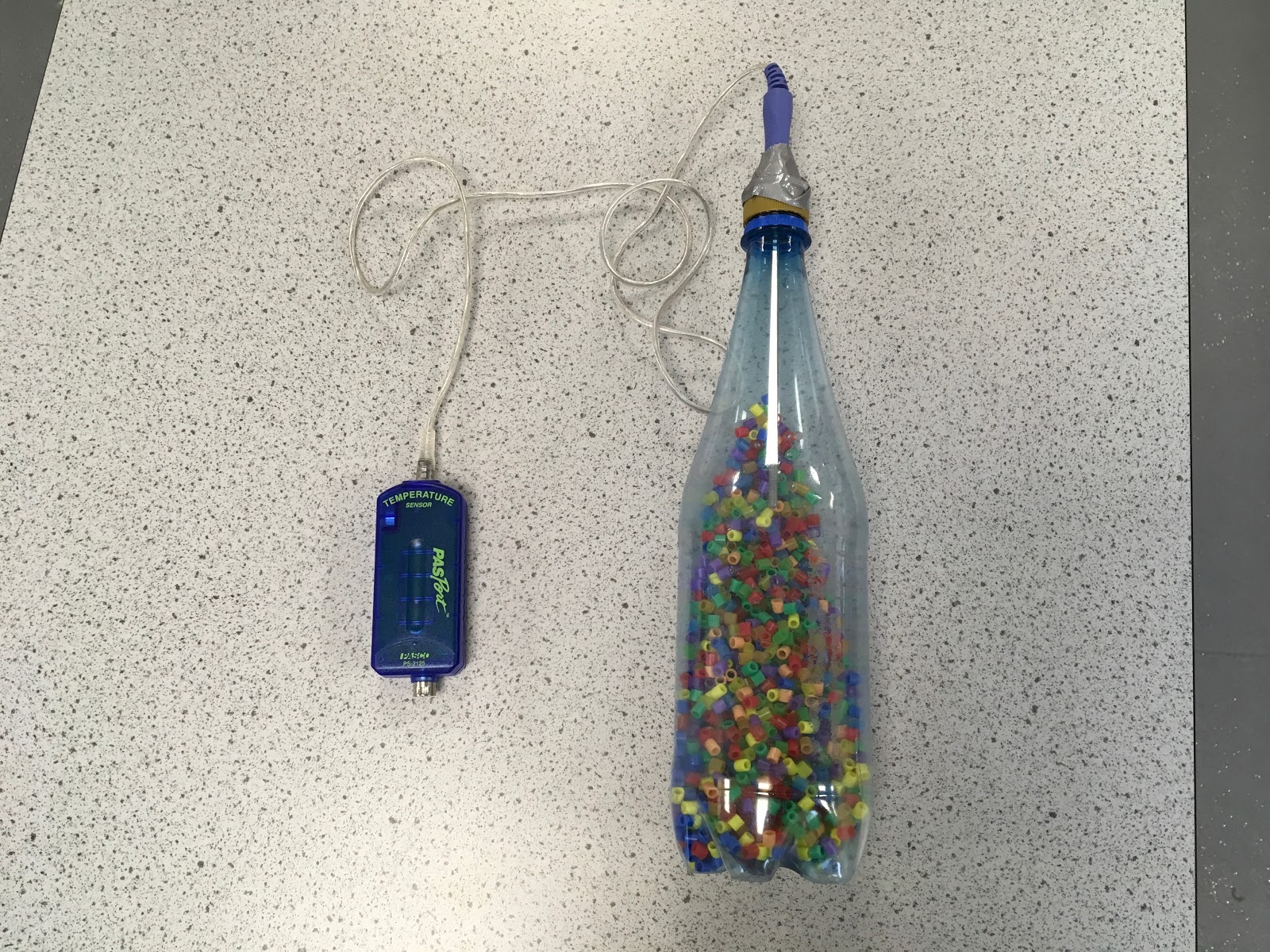
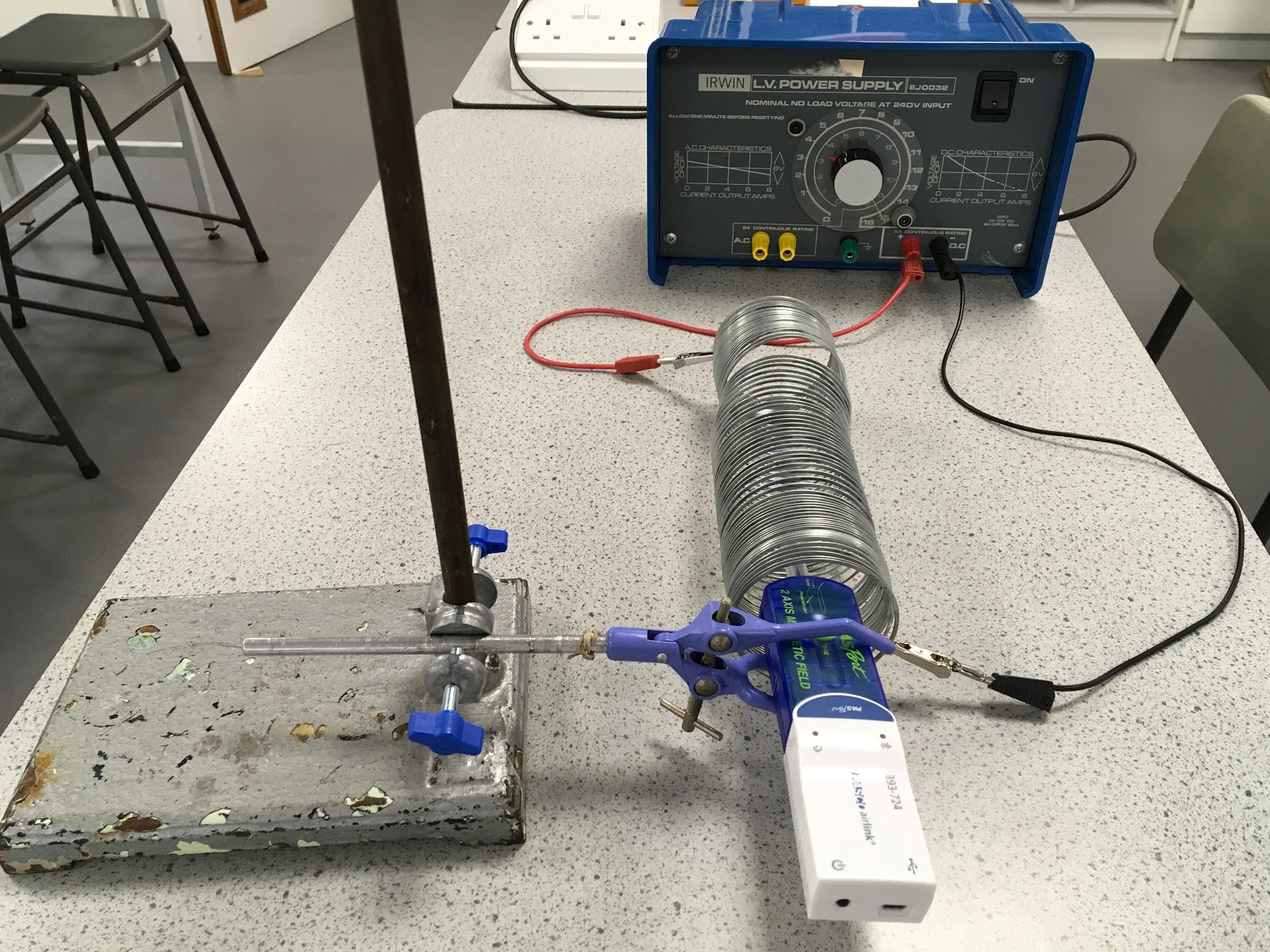
We look forward to hosting similar events in the future, helping bring together Science teachers and PGCE students from across Cambridge to share in best practices and learn from the experts.